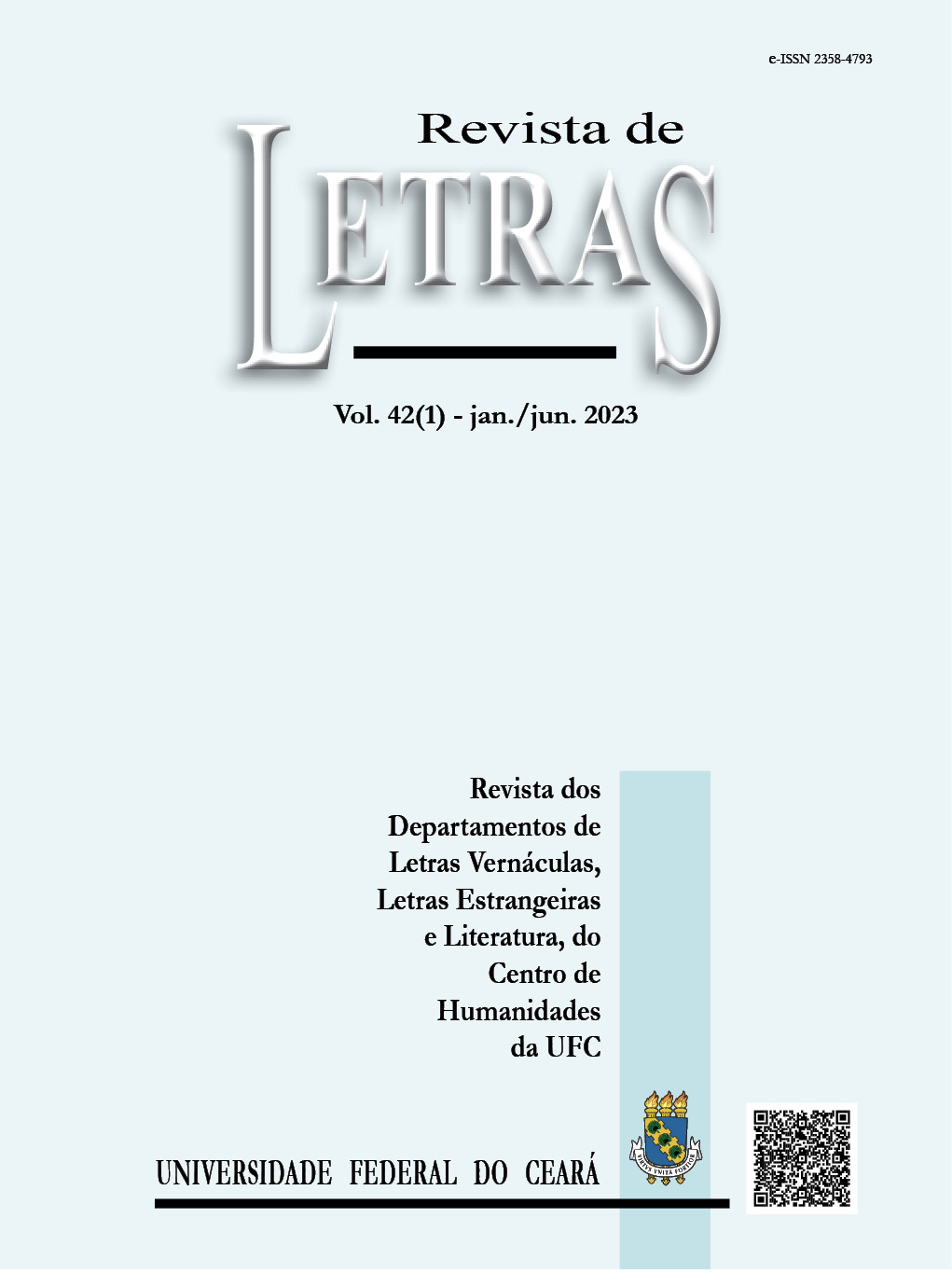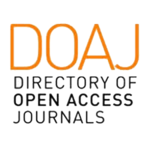TRANSLATION OF LEAVES OF GRASS BY WALT WHITMAN: TRANSLATION OF LEAVES OF GRASS BY WALT WHITMAN: THE BRAZILIAN PORTUGUESE RHYTHM (STRESS-TIMED, SYLLABLE-TIMED?) AND THE POSSIBILITY OF KEEPING THE NUMBER OF SYLLABLES OF THE ENGLISH ORIGINAL IN THE TRANSLATION
DOI:
https://doi.org/10.36517/revletras.42.1.3Abstract
ABSTRACT: The present article provides evidence that classifies Brazilian Portuguese as a stress-timed language, considering the phonological processes that operate at the post-lexical level. Would it be possible to use this rhythmic identity between English and Portuguese in the translation of Whitman's poetry? The question is how this prosodic feature of accent and intonation can be used in the construction of the translation of free verse from English into Portuguese. The comparison of the translations will follow two trends proposed by Berman (2007, p. 51): the elongation "an unfolding of what is, in the original, folded," and ennoblement "translations more beautiful (formally) than the original are arrived at." And also what Paulo Henriques Britto (2012, p. 120-1) proposes in A tradução literária. Through the translator's work the text lives more and better, beyond the author's possibilities. Hans J Vermeer in Skopos and commission (p. 230), among others, writes that the translator is responsible for intercultural communication. And it is in poetry that translation as creation and criticism has its fundamental role in the rewriting of literary texts.
Keywords: Whitman; stress-timed; syllable-timed; Berman; Britto
Downloads
Downloads
Published
How to Cite
Issue
Section
License
Copyright (c) 2023 Revista de letras

This work is licensed under a Creative Commons Attribution 4.0 International License.
Autores que publicam nesta revista concordam com os seguintes termos:- Autores mantêm os direitos autorais e concedem à revista o direito de primeira publicação, com o trabalho simultaneamente licenciado sob a Licença Creative Commons Attribution que permite o compartilhamento do trabalho com reconhecimento da autoria e publicação inicial nesta revista.
- Autores têm autorização para assumir contratos adicionais separadamente, para distribuição não-exclusiva da versão do trabalho publicada nesta revista (ex.: publicar em repositório institucional ou como capítulo de livro), com reconhecimento de autoria e publicação inicial nesta revista.
- Autores têm permissão e são estimulados a publicar e distribuir seu trabalho online (ex.: em repositórios institucionais ou na sua página pessoal) a qualquer ponto antes ou durante o processo editorial, já que isso pode gerar alterações produtivas, bem como aumentar o impacto e a citação do trabalho publicado (Veja O Efeito do Acesso Livre).

.png)






.png)
